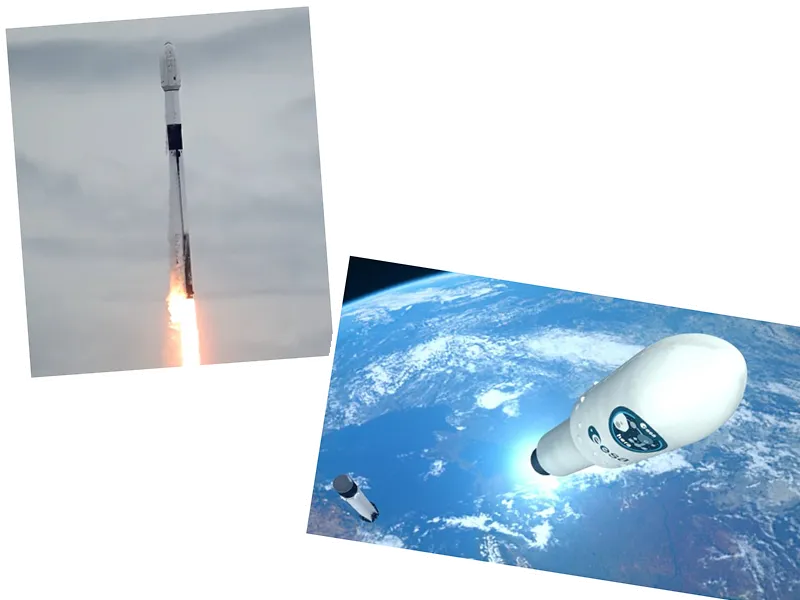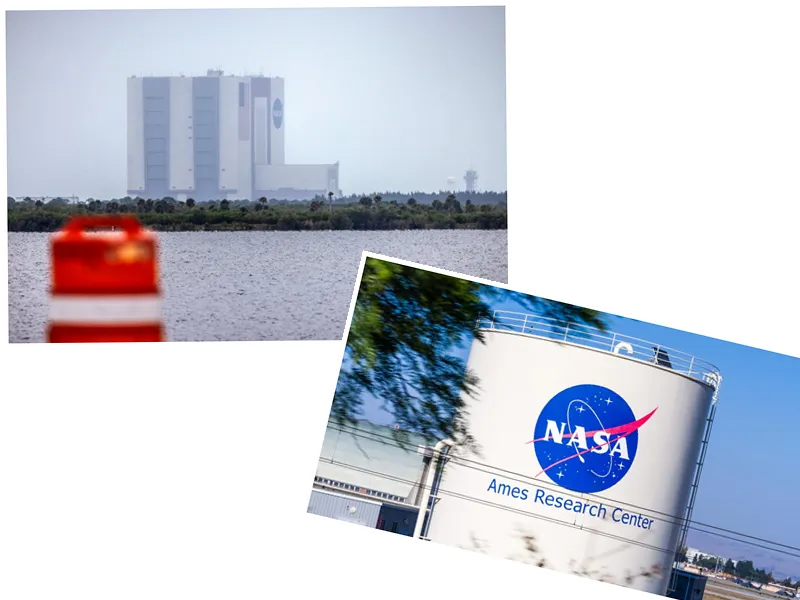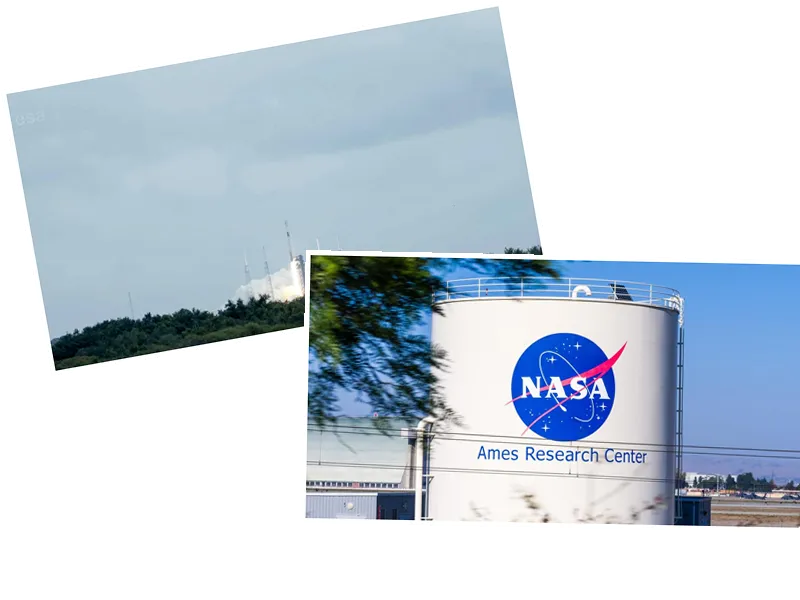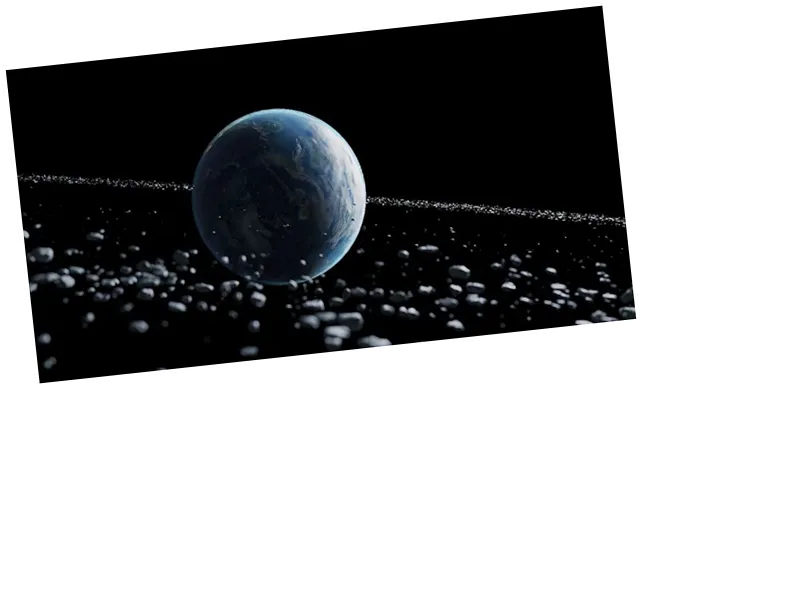Understanding Planetary Conjunctions and Their Misconceptions
Planetary conjunctions, such as the recent alignment of Mars and Jupiter in August, create a spectacular sight in the night sky. These celestial events, where planets appear closely aligned, are primarily optical phenomena. Despite their visual proximity, the planets are actually millions of kilometers apart. For instance, Mars is approximately 220 million kilometers away from Earth, while Jupiter is about 800 million kilometers distant. This illusion can lead to misconceptions about their influence on Earthly events.
Historically, many cultures have attributed significant meanings to these alignments, linking them to earthly occurrences like earthquakes and volcanic eruptions. Notably, the Jupiter Effect, proposed by British astrophysicists John Gribben and Stephen Plageman in 1974, suggested that planetary alignments could impact geological activities. However, their predictions, including a supposed earthquake in California on March 10, 1982, did not materialize, leading Gribben to later retract his claims.
The Reality of Planetary Influence on Earth
Scientific consensus indicates that the gravitational effects of distant planets like Jupiter and Saturn are negligible when it comes to affecting Earth. While these planets possess considerable mass, their distance considerably weakens their gravitational pull. For context, the Moon, despite its smaller size, has a more substantial influence on Earth’s tides due to its proximity. NASA notes that even a perfect alignment of all planets would only raise ocean tides by a mere 21 millimeters.
The occurrence of earthquakes and volcanoes during planetary conjunctions is often coincidental. The Earth experiences over a million earthquakes annually, with many occurring independently of celestial events. The probability of an earthquake coinciding with a conjunction is high due to the frequency of both events. This correlation is frequently exploited by those predicting disasters based on planetary alignments, often leading to misleading interpretations.
In conclusion, while the beauty of planetary conjunctions captivates skywatchers, the scientific evidence debunks the notion of their influence on geological phenomena. Understanding the true nature of these celestial events helps dispel myths and encourages a more informed view of astronomy.






